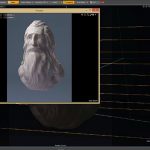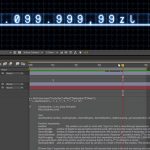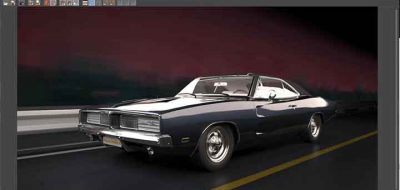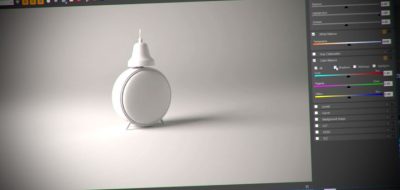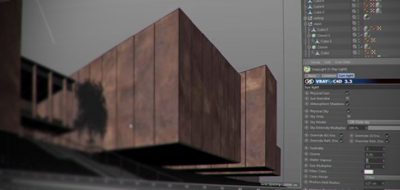There is a new release for VRAYforC4D looming on the horizon, bringing it up to version 1.9. Offering some improvements to the core of the 3rd party rendering plugin for V-Ray in Cinema 4D not only paves the way for some of the features that will be available in V-Ray version 3, but also makes the current version more responsive.
VRAYforC4D user Josef Bsharah has a look at some of the new features that will be available in version 1.9. For more information on what will be new and changed, Josef has put together a great post that you should check out – VRAYforC4D 1.9 new features here.
One of the key areas that you will find speed increases is in scene export, which now is much faster than previous versions, and almost parallel to this, there is a new baking system.
VRAYforC4D 1.9
VRAYforC4D will host some great features in a number of areas from simple interface improvements, to some changes right down to come core changes in VRAYforC4D and also will reveal and make available some items in V-Ray that were sadly missing from the C4D implementation.
Speed improvements
Scene export and translation sees a huge improvement in speed, where it is now much faster to covert your scenes to V-Ray format before rendering.
Expanding Distributed Rendering
There have been some changes to VRAYforC4D to handle C4D’s distributed rendering better. Thanks to the new internal baking system, VRAYforC4D will be able to bake down C4D 2D shaders. This means that you can use almost all the C4D Shaders with Distributed Rendering using VRAYforC4D.
Distance Texture
The V-Ray Distance Shader has been revealed and enabled for this release. With the Distance Shader, you can easily create rendered effects based on distance. The shader will return a different color based on a distance to objects that are specified in the list. One of the common uses for the Distance Shader in V-ray is using it to create booleans at render time.
Interface and workflow
VRAYforC4D has some interface changes to the Vray Material panel, modifying the arrangement of the specularity section. Fresnel and IOR are now on as a default, and linking the specular highlights and glossy reflections can be done with a checkbox.
There is a new light and camera lister that will help manage V-Ray specific physical cameras and light sources in your C4D scene.

